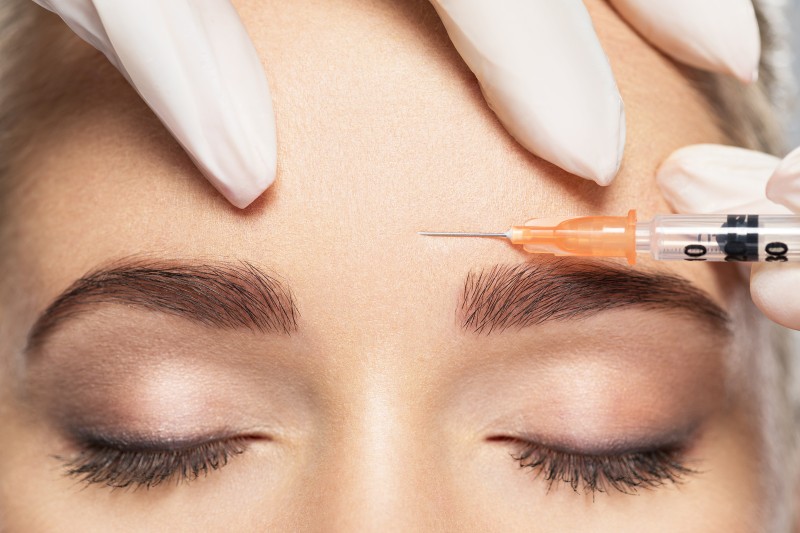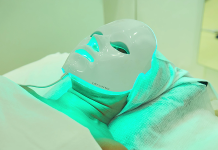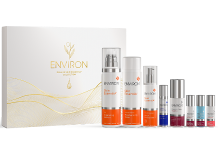QCCP launches Botox & dermal filler courses

New qualifications in non-surgical cosmetic procedures have been launched by the Royal Society for Public Health (RSPH) and the Qualification Council for Cosmetic Procedures (QCCP).
The new qualifications have been developed by the QCCP and RSPH to promote the teaching of an essential curriculum, leading to an examination and certification. The first qualifications to be launched are the Medical Aesthetic Certificate: Understanding the Safe Use of Botulinum Toxin in Cosmetic Procedures, and the Medical Aesthetic Certificate: Understanding the Safe Use of Dermal Fillers in Cosmetic Procedures.
The launch of the qualifications come as research by Save Face, the national register of non-surgical cosmetic treatment practitioners, revealed 93% of clients complaining to the register about a non-surgical procedure (1,617 individuals) were not made aware that any serious complications could occur and believed that the procedures were low risk beauty treatments.
In addition, four out of five (81%) complainants reported that they were not required to give appropriate consent prior to treatment, were not asked about their medical history, were not informed about possible complications, and were not asked to sign a consent form.
Commenting on the launch of the new QCCP and RSPH non-surgical cosmetic procedure courses, Gillian Murray, Lead Member of Council at QCCP, says:
"We are excited to be working with The Royal Society for Public Health in bringing a suite of RSPH-regulated qualifications together for the cosmetic procedure industry. Current levels of education and training are not standardised across the UK among aesthetic practitioners. This gives rise to different practice standards and allows misleading claims of competence.
“The qualifications produced by the QCCP will give the practitioner a curriculum to work to and provide assurances that training providers are teaching to produce competent practitioners. Having a certificate endorsed by RSPH will help to underline and establish the medical model of practice, allowing the practitioner to have confidence in their level of training.”











